What is an EP study?
Electrophysiology is a field of heart and vascular care that focuses on your heart’s electrical activity. Cardiologists who specialize in this field, called electrophysiologists, use specialized equipment and perform procedures to diagnose and treat irregular rhythms, or arrhythmias, when your heart’s electrical system doesn’t work properly.
One common diagnostic test electrophysiologists perform is an electrophysiology (EP) study. This study gives physicians a detailed look at your heart’s electrical activity and helps determine appropriate treatments for improving your heart rhythm.
What is an EP study used for?
EP studies can diagnose many different types of arrhythmias. Atrial fibrillation (AFib) is the most common type.
An EP study can:
- Find out what is causing any abnormal heart rhythms
- Identify from what part of your heart the arrhythmia originates
- Determine your risk of a sudden cardiac event
- Detect what is causing any fainting spells
What to expect with an EP study
Before the procedure
You will need to avoid eating or drinking anything the night before your study. Your care team will let you know if or when you need to stop taking medications.
If you have diabetes, tell your doctor about your diet and insulin regimen, as it can affect blood sugar levels and your results.
During the procedure
The EP study is done under conscious sedation or general anesthesia, depending on the clinical situation, and typically takes two to three hours. Catheters are generally inserted through the femoral vein of a leg near your hip area and then guided to different areas of the heart to record your heart’s electrical activity and log your heart rhythm. A pacemaker can be used to try to induce the arrhythmia, which can help diagnose the cause and determine its location.After the procedure
You may need to spend a few hours in a recovery area before you go home so your team can monitor the IV insertion site for bleeding and swelling.
When you go home, follow your care team’s instructions regarding medications you must take and activities to avoid.
You can start eating and drinking within four to six hours and return to your routine the day after the test.
Avoid driving for at least 24 hours.
EP study side effects
EP studies are safe and effective procedures with minimal side effects. Mild soreness and bruising where the IV was inserted are normal, but if your incision begins to bleed, call your physician.
Also, call your physician if you experience any of the following symptoms:
- Bruising that gets worse instead of better
- Color changes, swelling, discharge, numbness or tingling in the area where the IV was inserted
- Fever
- Shortness of breath
Call 911 if you notice:
- Chest pain or tightness
- Increased swelling around the incision
- Sudden, severe bleeding that does not stop after applying pressure
- Signs of stroke (weakness in your arm, drooping face or difficulty speaking)
Next steps after an EP study
Once your electrophysiologist identifies the type of arrhythmia you have and its cause, they can recommend treatment options, such as:
- A Holter monitor or other device that monitors your heart rhythm as you go about your daily activities
- An implantable cardiac defibrillator or pacemaker to regulate your heart rhythm
- Catheter ablation, a procedure in which your doctor scars the heart tissue causing your arrhythmia
Find a location near you
You will find expert, personalized care at all Baylor Scott & White EP lab locations. No matter which lab you visit, you can find convenient follow-up care and additional cardiology services at our locations across Central and North Texas.

AccentCare - Fort Worth
3880 Hulen St , Fort Worth, TX, 76107

AccentCare Home Health of Brenham
526 W Main St , Brenham, TX, 77833

AccentCare Home Health of College Station
119 Medical Park Lane Ste C, Huntsville, TX, 77340

AccentCare Home Health of College Station
1605 Rock Prairie Rd Ste 206, College Station, TX, 77845

AccentCare Home Health Of Denton
225 W. Mulberry St. Ste A, Denton, TX, 76201

AccentCare Home Health Of Desoto
911 York Drive Ste 203, DeSoto, TX, 75115

AccentCare Home Health Of Fort Worth (Arlington)
700 Highlander Blvd Ste 205, Arlington, TX, 76015

AccentCare Home Health of Huntsville
122 Medical Park Lane B , Huntsville, TX, 77340

AccentCare Home Health of Marble Falls
1100 Mission Hills Dr Ste 100, Marble Falls, TX, 78654

AccentCare Home Health Of McKinney
6800 Weiskopf Ave Ste 100, McKinney, TX, 75070

AccentCare Home Health Of Taylor (Hutto)
567 Chris Kelley Blvd Ste 201, Hutto, TX, 78634

AccentCare Home Health Of Temple
3809 S General Bruce Dr Ste 105B, Temple, TX, 76502

AccentCare Home Health Of Waco
8300 Central Park Dr Ste A, Waco, TX, 76712

AdventHealth Central Texas
2201 S Clear Creek Rd , Killeen, TX, 76549

Andrews Women's Hospital at Baylor Scott & White - Fort Worth
1400 8th Ave , Fort Worth, TX, 76104
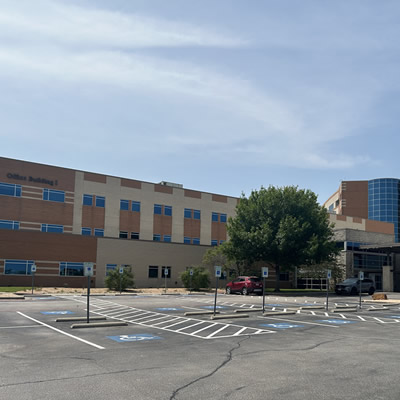
Baylor Scott & White - Hillcrest Infectious Disease Clinic
50 Hillcrest Medical Blvd MOB1, Ste 104, Waco, TX, 76712

Baylor Scott & White - Plano Brain and Spine Center
4708 Alliance Blvd Pavilion I, Ste 810, Plano, TX, 75093

Baylor Scott & White - Texas Brain and Spine Institute
900 Scott and White Dr , College Station, TX, 77845
- Monday: 8:00 am - 5:00 pm
- Tuesday: 8:00 am - 5:00 pm
- Wednesday: 8:00 am - 5:00 pm
- Thursday: 8:00 am - 5:00 pm
- Friday: 8:00 am - 5:00 pm

Baylor Scott & White - Texas Brain and Spine Institute - Huntsville
122 Medical Park Ln Ste A, Huntsville, TX, 77340

Baylor Scott & White - The Brenham Clinic
600 N Park St , Brenham, TX, 77833
- Monday: 7:30 am - 5:00 pm
- Tuesday: 7:30 am - 5:00 pm
- Wednesday: 7:30 am - 5:00 pm
- Thursday: 7:30 am - 5:00 pm
- Friday: 7:30 am - 5:00 pm

Baylor Scott & White 65+ Clinic
4716 Alliance Blvd Ste 500, Plano, TX, 75093
- Monday: 8:00 am - 4:30 pm
- Tuesday: 8:00 am - 4:30 pm
- Wednesday: 8:00 am - 4:30 pm
- Thursday: 8:00 am - 4:30 pm
- Friday: 8:00 am - 4:30 pm

Baylor Scott & White Advanced Cardiac Imaging Specialists
1100 Allied Dr , Plano, TX, 75093

Baylor Scott & White Advanced Cardiovascular and Imaging Consultants
4708 Alliance Blvd Ste 450, Plano, TX, 75093
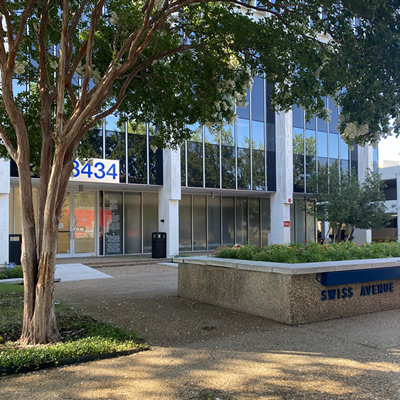
Baylor Scott & White Advanced Digestive Care
3434 Swiss Ave Ste 200, Dallas, TX, 75204
- Monday: 8:00 am - 5:00 pm
- Tuesday: 8:00 am - 5:00 pm
- Wednesday: 8:00 am - 5:00 pm
- Thursday: 8:00 am - 5:00 pm
- Friday: 8:00 am - 5:00 pm

Baylor Scott & White Advanced Heart and Lung Disease Center - Fort Worth
1420 8th Ave Ste 103, Fort Worth, TX, 76104

Baylor Scott & White Advanced Heart Care - Anna
450 N Standridge Blvd , Anna, TX, 75409

Baylor Scott & White Advanced Heart Care - Decatur
2401 S FM 51 Ste 200, Decatur, TX, 76234

Baylor Scott & White Advanced Heart Care - Denton
3333 Colorado Blvd , Denton, TX, 76210

Baylor Scott & White Advanced Heart Care - Idabel, OK
4 SE Avenue A , Idabel, OK, 74745

Baylor Scott & White Advanced Heart Care - Keller (Satellite)
3124 N Tarrant Pkwy Ste 204, Keller, TX, 76177

Baylor Scott & White Advanced Heart Care - McKinney (Satellite)
5236 W University Dr Ste 4450, McKinney, TX, 75071

Baylor Scott & White Advanced Heart Care - Mt Pleasant (Satellite)
1011 N Jefferson Ave , Mt Pleasant, TX, 75455

Baylor Scott & White Advanced Heart Care - Paris
875 S Collegiate Dr , Paris, TX, 75462

Baylor Scott & White Advanced Heart Care - Plano
4716 Dexter Dr Ste 100, Plano, TX, 75093

Baylor Scott & White Advanced Heart Care - Sherman Sycamore (Satellite)
203 E Sycamore St , Sherman, TX, 75090

Baylor Scott & White Advanced Heart Care - Sulphur Springs
601 Airport Rd Ste 110, Sulphur Springs, TX, 75482

Baylor Scott & White Advanced Heart Care – Sherman Highland (Satellite)
300 N Highland Ave , Sherman, TX, 75092

Baylor Scott & White Advanced Heart Failure Clinic - Irving
2001 N MacArthur Blvd Bldg 1, Ste 360, Irving, TX, 75061

Baylor Scott & White Advanced Heart Failure Clinic - Abilene
1219 E South 11th St Ste B2, Abilene, TX, 79602

Baylor Scott & White Advanced Heart Failure Clinic - Amarillo
1901 Medi Park Dr Ste 2051, Amarillo, TX, 79106

Baylor Scott & White Advanced Heart Failure Clinic - Dallas
3410 Worth St Ste 250, Dallas, TX, 75246
- Monday: 8:00 am - 4:30 pm
- Tuesday: 8:00 am - 4:30 pm
- Wednesday: 8:00 am - 4:30 pm
- Thursday: 8:00 am - 4:30 pm
- Friday: 8:00 am - 4:30 pm

Baylor Scott & White Advanced Heart Failure Clinic - Longview
906 Judson Rd , Longview, TX, 75601
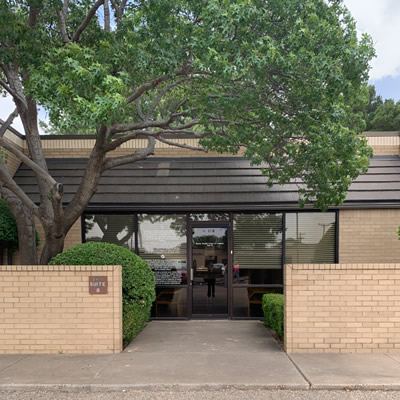
Baylor Scott & White Advanced Heart Failure Clinic - Lubbock
3711 22nd St Ste B, Lubbock, TX, 79410

Baylor Scott & White Advanced Heart Failure Clinic - Midland/Odessa
420 E 6th St Ste 102, Odessa, TX, 79761
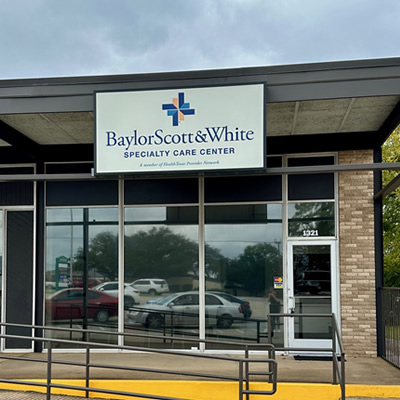
Baylor Scott & White Advanced Heart Failure Clinic - Tyler
1321 S Beckham Ave , Tyler, TX, 75701
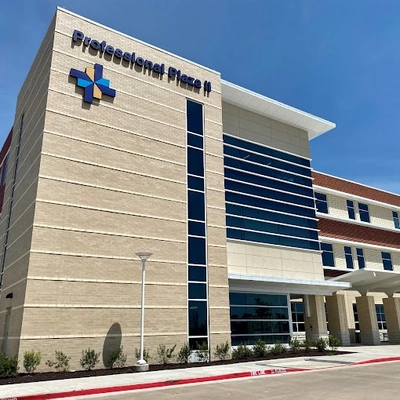
Baylor Scott & White Advanced Heart Failure Clinic - Waxahachie
2360 N Interstate 35E MOB 2, Ste 310, Waxahachie, TX, 75165

Baylor Scott & White Advanced Heart Failure Specialists - Fort Worth
1250 8th Ave Ste 200, Fort Worth, TX, 76104
- Monday: 8:00 am - 5:00 pm
- Tuesday: 8:00 am - 5:00 pm
- Wednesday: 8:00 am - 5:00 pm
- Thursday: 8:00 am - 5:00 pm
- Friday: 8:00 am - 5:00 pm

Baylor Scott & White Advanced Lung Disease Specialists - Dallas
3410 Worth St Ste 250, Dallas, TX, 75246
- Monday: 8:30 am - 5:00 pm
- Tuesday: 8:30 am - 5:00 pm
- Wednesday: 8:30 am - 5:00 pm
- Thursday: 8:30 am - 5:00 pm
- Friday: 8:30 am - 4:30 pm

Baylor Scott & White All Saints Medical Center - Fort Worth
1400 8th Ave , Fort Worth, TX, 76104

Baylor Scott & White Ambulatory Endoscopy Center
4708 Alliance Blvd Pavilion I, Ste 210, Plano, TX, 75093
- Monday: 7:00 am - 3:00 pm
- Tuesday: 7:00 am - 3:00 pm
- Wednesday: 7:00 am - 3:00 pm
- Thursday: 7:00 am - 3:00 pm
- Friday: 7:00 am - 3:00 pm

